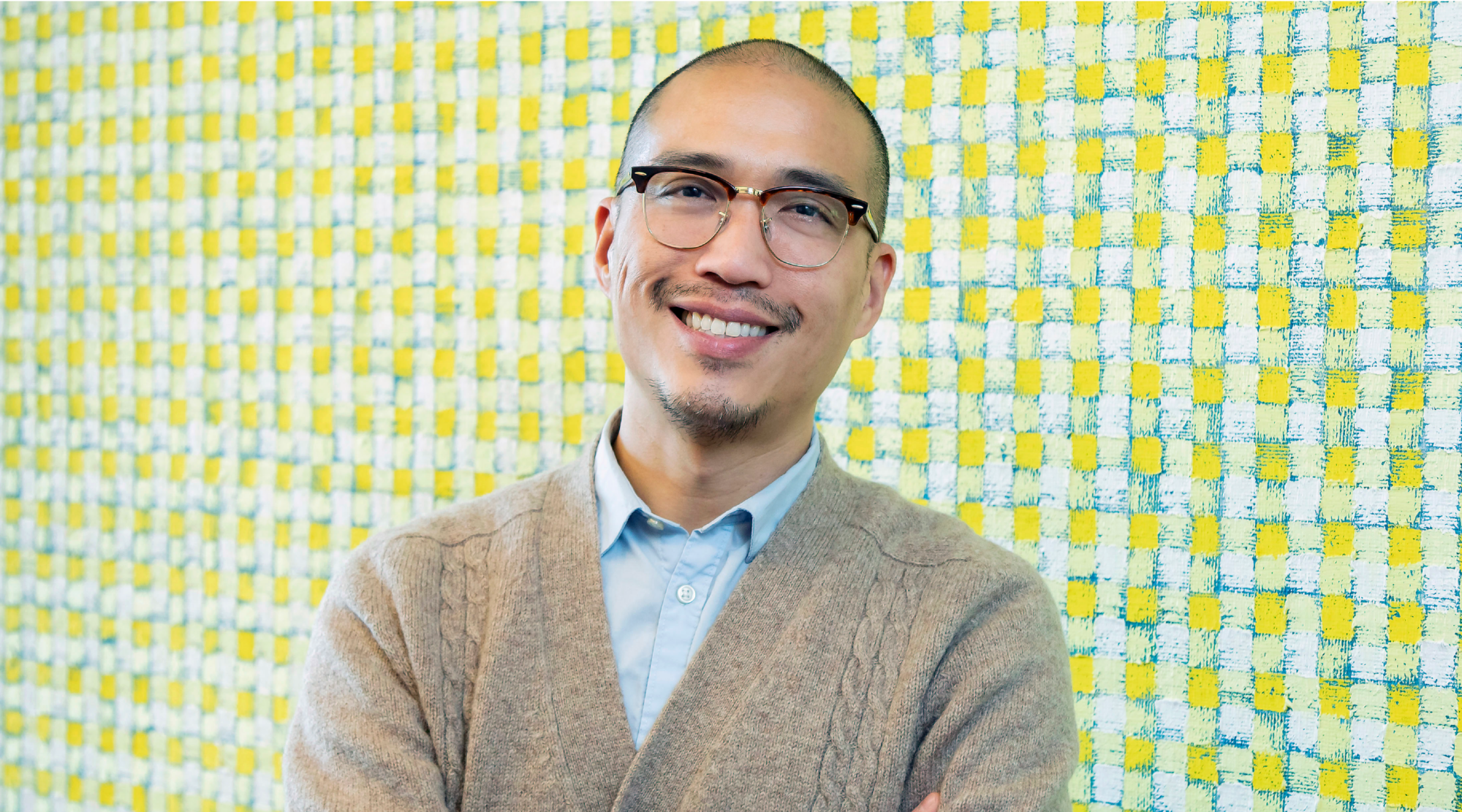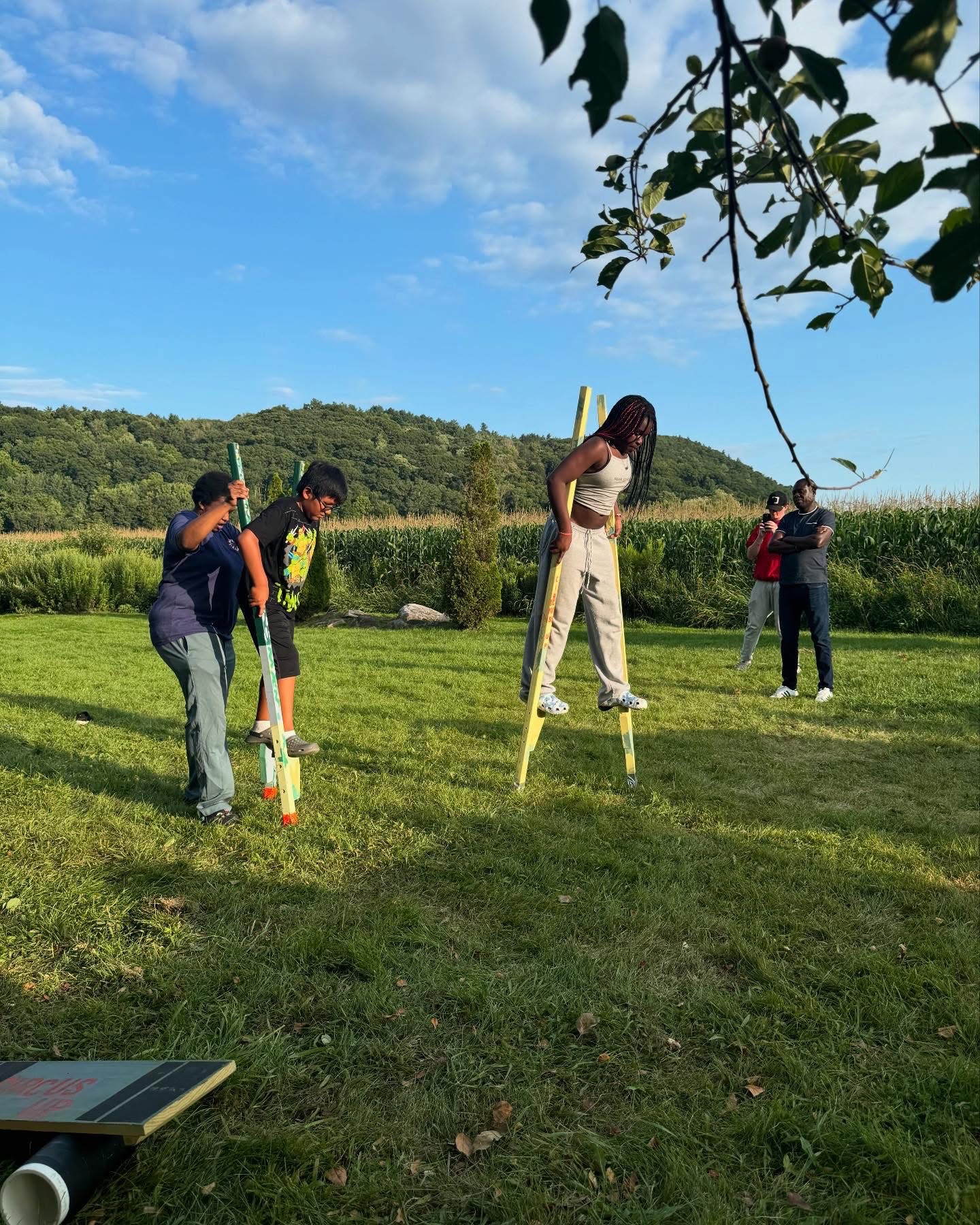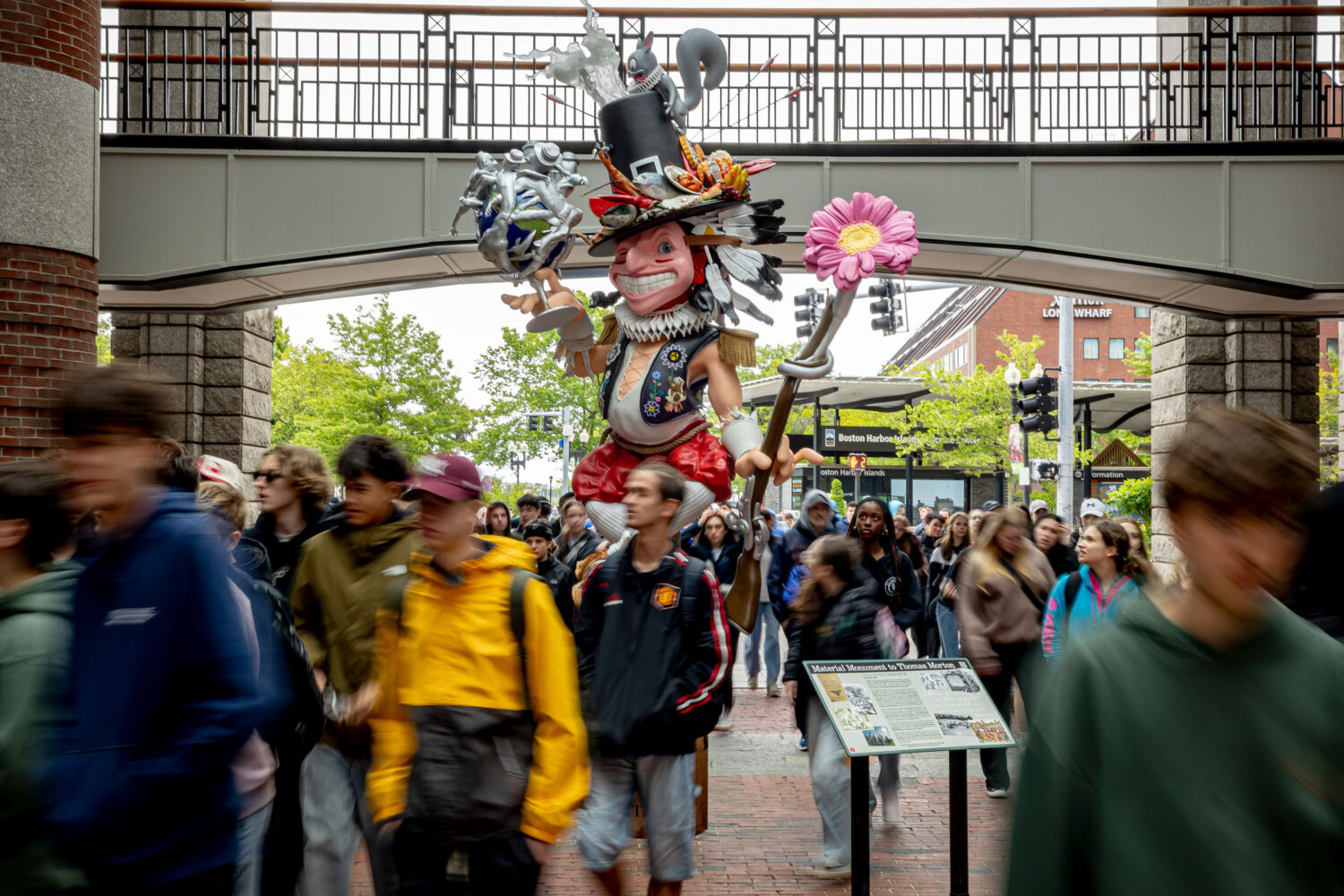1. You started at Barr in February 2020, and just a few weeks later, we closed our offices for COVID-19. What was that like?
I had complicated feelings about it. I was so appreciative to the Foundation leadership for clearly communicating from the very beginning that we should prioritize the health and safety of ourselves and our loved ones. At the same time, I also felt regret for no longer being at a community-based organization in Chinatown – a neighborhood that was bearing the early brunt of not only the pandemic, but of the racist invective of our society and national leaders. After so many years defining myself as a community servant for the region’s immigrant community, it was tough to wholeheartedly embrace my new role at Barr during a period when my friends in the community were struggling with those acute challenges.
But I have been inspired to see Chinatown’s resilience through it all, and of course, I was not surprised. The working class Chinese immigrant community – like just about every community of people who have been marginalized by our society – has a deep history of pulling together during the hardest times to protect, support, and empower one another.
And I was also proud to be at the Foundation as it made a series of relief grants to support immigrant and Black-led organizations early on in this period. It reaffirmed to me that I was at the right place, that had values that aligned with mine.
2. These months have been enormously challenging for the arts. What have you been seeing and hearing?
Many arts organizations have had to reimagine their vision for the future. Their staff may now be smaller. Shows and productions have shifted to distanced or online audiences. Smaller organizations and BIPOC-led organizations are at most risk in challenging times, and that feels as intense now as ever.
We have also been hearing from artists who lost income and opportunity almost overnight, and have no idea when they’ll be able to just earn a living again. This is forcing some to leave the arts sector altogether, which could have dire consequences for the future. We can’t have a future in which only rich people can afford to pursue a career in the arts.
3. The Arts & Creativity Program goal is to “elevate the arts and enable creative expression to engage and inspire a dynamic, thriving Massachusetts.” What is your primary focus right now?
As struggles for racial equity have swept the country, the Arts & Creativity program has taken seriously the charge to examine all our activities to push ourselves and our sector toward anti-racism.
There is no way our community can thrive without an intentional focus on racial equity and the inclusion of everyone, especially communities that have been left out of the mainstream.
That means wrestling with the challenges associated with running arts institutions and organizations as well as supporting BIPOC artists and allies in confronting white supremacy. We also need to change what gets valued in the art world. Historically, what has been most valued is art from the Western European canon; that’s what gets labeled ‘fine art,’ and arts that come from other communities we call ‘folk’ art or ‘traditional’ art.
We can create room in our sector to value all experiences. Over the course of 2021, the Arts team will be developing a strategy to ensure we contribute to building racial equity in the sector and society through ourgrantmaking and other activities for many years to come.
4. Before joining Barr, you spent 13 years as a leader at the Boston Chinatown Neighborhood Center. What are some of the things you are most proud of from your time at BCNC?
When I was at BCNC, I was part of the effort to create a new arts and cultural facility, the Pao Arts Center. It was borne out of a belief that a vibrant, healthy community has access to arts that speak to them and reflect their experiences. This access is essential, so that people can fully express themselves – their joy, love, anger – and live robust lives.
The process of opening Pao Arts Center was decades in the making, with many people helping to push the boulder up the hill, bit by bit. Many people who originally helped to reclaim the parcel of land for Chinatown were not around to see what finally came of it: not only the Pao Arts Center, but affordable housing and neighborhood retail space that many fought to get in place. I was proud and moved to be part of stewarding the project into reality, and honored to be entrusted with the leadership of an anchor organization in Chinatown.
Giles spoke recently about the Pao Arts Center project as part of a Martin Luther King Day community celebration organized by Boston’s Museum of Fine Arts and King Boston, featuring reflections from community leaders in a new film, “Voice on King” by Beyond Measure Productions.
5. While at BCNC you were both a Barr grantee and a Barr Fellow. What, if anything, has surprised you about your transition into the funder role?
Barr was one of the key funders of the Pao Arts Center, and I truly valued the insight and partnership that helped us bring it to life. But although I had that experience as well as that of the fellowship, I was still so surprised, when I came to Barr, about how much goes into making a grant. There’s a lot of process and intention to ensure everyone is on the same page, and that investments in communities have impact.
I was also surprised at how deeply program officers care about the success of their grantees. On the grantee side, I know it can often feel like funders are asking tough questions that you don’t always have answers to – and I know first-hand how unsettling that can feel. I’m learning now that those questions are about helping us be better advocates and partners for our grantees.
6. So what advice do you have for grantees and grantseekers?
It may sound simple, but ask what makes a program officer interested in you. As a grantseeker it can feel like you have to put on a dog and pony show, guessing what funders want to see. But instead of catering to what you think they want, it’s better to have a frank conversation about why a funder is interested in the first place. Sometimes that can lead both funders and grantseekers to ask new questions and find new perspectives on their work.
7. You came to Barr with not only a deep history in the social sector, but also a personal involvement in the arts. How did your journey lead you to Barr? What creative projects are you working on now?
Art is what brought me into the social sector. Fifteen or twenty years ago, if people knew me at all, they knew me as a community-based artist or a cultural organizer. That path led me to run a new community arts education program at BCNC starting in 2006. From there, I moved from working on my own individual craft and creative career, to thinking and planning at a program level, to eventually confronting systemic challenges for the organization, the neighborhood, and the families we served. By investing my own energy and creativity in being part of the collective and connecting more deeply with the people of my local community, it nurtured my sense of belonging, and strengthened my commitment to work for a more equitable society.
It feels fitting that I’ve come back to working with the arts sector. I’m a different person than I was in my youth, in a different role and a different place, but my values are still at the center. I believe in justice, I believe in democracy, I believe in the power of every person to work in their own family and community to fix what’s broken in our society.
My own creative work has taken a backseat, but I have a couple of projects that I keep on returning to when inspiration strikes. I may just share them with my family, or maybe there’s a place for them out in the world one day. I can’t say I know yet!




